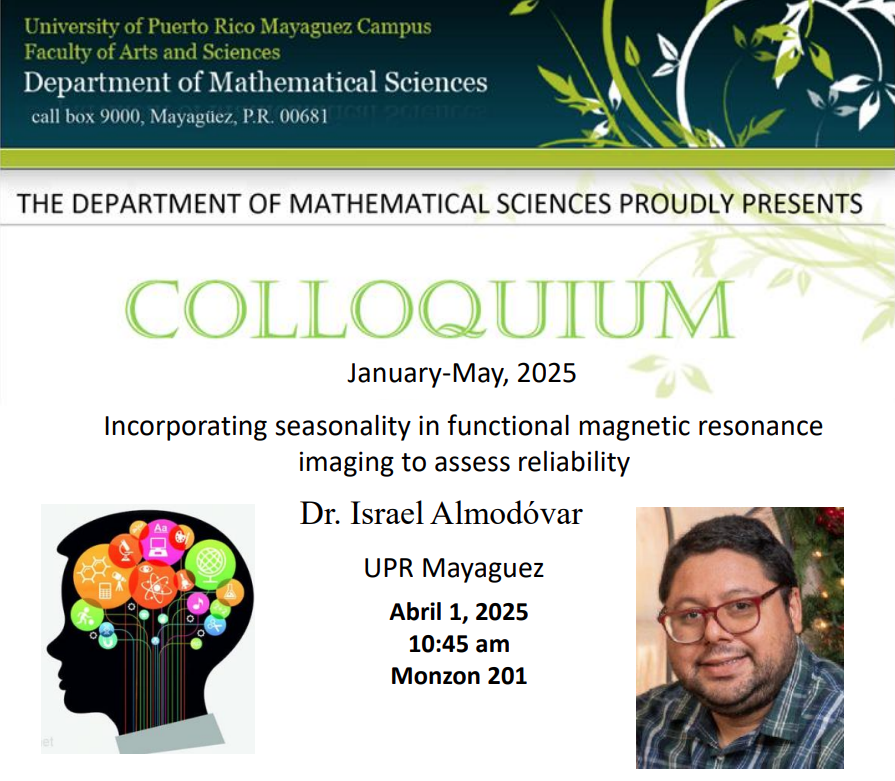Abstract:
Functional magnetic resonance imaging (fMRI) is a noninvasive tool for studying regions related to some particular stimulus. To find these regions, the stimulus is typically applied in the form of event-related or block-design. Due to this, fMRI experiments have a natural seasonal pattern. In this work, we used different seasonal time series models in a fMRI framework. The length of the stimulus time application was considered the seasonal parameter. We compared our proposed models with several standard general linear models without seasonality but with an autoregressive or moving average structure, i.e., AR(1) or ARMA (1,1) structure. The methodology was studied in several real datasets from studies involving multiple subjects. The resulting statistical parametric maps were thresholding using the classical threshold approach and adaptive smoothing methods. Reliability across subjects or replicates was assessed by comparing their activation maps. To determine reliability, the classical Cohen’s $ \kappa$, the summarized Jaccard similarity coefficient $\ddot{\omega}$ and CatSIM, a similarity metric for binary and multinary two- and three-dimensional images and volumes, were used. Activation maps obtained from models with the presence of seasonality were more similar than those without the presence of seasonality. Quantification of reliability in fMRI studies is needed to draw accurate conclusions.
Place: Monzón 201
Hour: 10:45 a.m.

